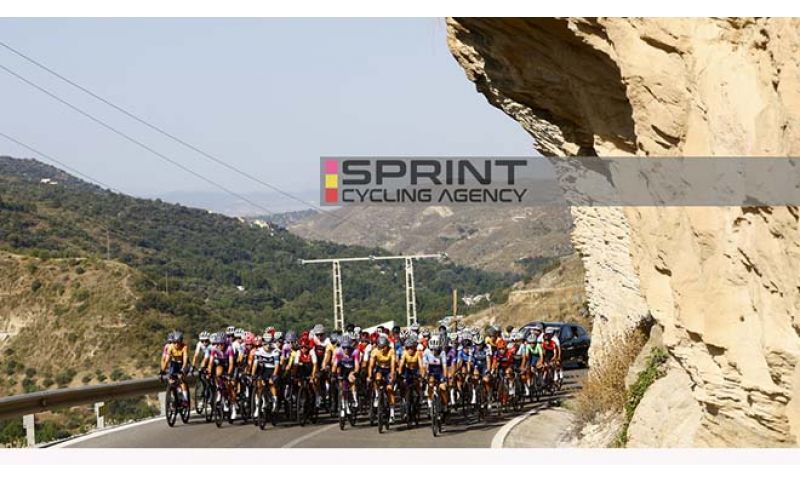

As in the last four years, and more generally for the sixth time in the race's over twenty-year history, there will be eight stages in the Tour of Magnificent Qinghai 2025.
For its 24th edition, the organizers have once again chosen the format with which, after the pandemic interruption, they decided to relaunch the event internationally - a choice that today, looking at the first two world calendars, makes the Chinese race (previously known as the Tour of Qinghai Lake) the longest after the three Grand Tours.
However, it's not so much the eight racing days (comparable to events like Critérium du Dauphiné, Tour of Turkey, and Paris-Nice) that make the Chinese event challenging, but rather, and this is its unique characteristic, the altitude at which it takes place, since for just over a week, riders will pedal between 2200 and 3800 meters, elevations rarely encountered in Europe for bicycle competitions or, with few exceptions, for living.
Performing under unusual conditions and limited oxygen is therefore the true challenge of the Tour of Qinghai Lake, a race that, despite its altitudes, has not proposed (and hasn't since 2021) any true mountain-top finishes. For logistical reasons, the stage finishes have been placed in the main urban areas of the region, to which riders will arrive after descents or more or less long false-flat sections.
This is the case, for example, of the inaugural 121-kilometer stage that will take place along the avenues of the city circuit of the regional capital Xining (for the twentieth time the host of the first stage of Qinghai Lake), the 3rd stage (the Huzhu-Menyuan of 219.5 km) and the 7th stage (the Gonghe-Haiyan of 137 km), as well as the final Xihaizhen-Xihaizhen of 121.3 km.
These are the main opportunities that the fast wheels in the group should not miss, but depending on the race's evolution, they might not be the only ones. If the pace is not too high and the contest not too selective, sprinters (especially the more resistant ones) could also be in the spotlight on stages that include one or more climbs in the second half before a very fast downhill finish.
Specifically, we're talking about the Gangcha-Gonghe (232.7 km) on the sixth day with the last mountain point 41 km from the finish, the Qilian-Gangcha (168.7 km) in the fifth stage with the last climb 29 km from the target, the Duoba-Huzhu (151.4 km) with the first category Shoubei Yakou climb about thirty kilometers from the line of the second stage, and the Menyuan-Qilian (172.5 km) which, on the fourth day, will be characterized by the last 100 kilometers of slight descent interrupted by a small climb 19 km from the finish.
In any case, for one or more of these mentioned stages to end in a sprint, it will be crucial that teams with a lead sprinter manage to control the race and prevent breakaways of varying sizes from getting away, an operation that recent history shows is not particularly simple in these latitudes. It's no coincidence that just a year ago, Jefferson Cepeda (then still with Caja Rural) etched his name in the race's history thanks to a successful attempt in the fourth stage, an effort concluded by him and three other breakaway riders (including the day's winner Mario Aparicio) with a 2'39" advantage over the rest of the group.
That the stages could see anarchy reign in multiple instances and take unpredictable turns is an absolutely plausible scenario that should not be surprising. Therefore, for both riders and those following the race, the recommendation can only be to keep their eyes open and, while fending off the possible discomforts caused by the altitude, never lower their level of attention.

Se sei giá nostro utente esegui il login altrimenti registrati.